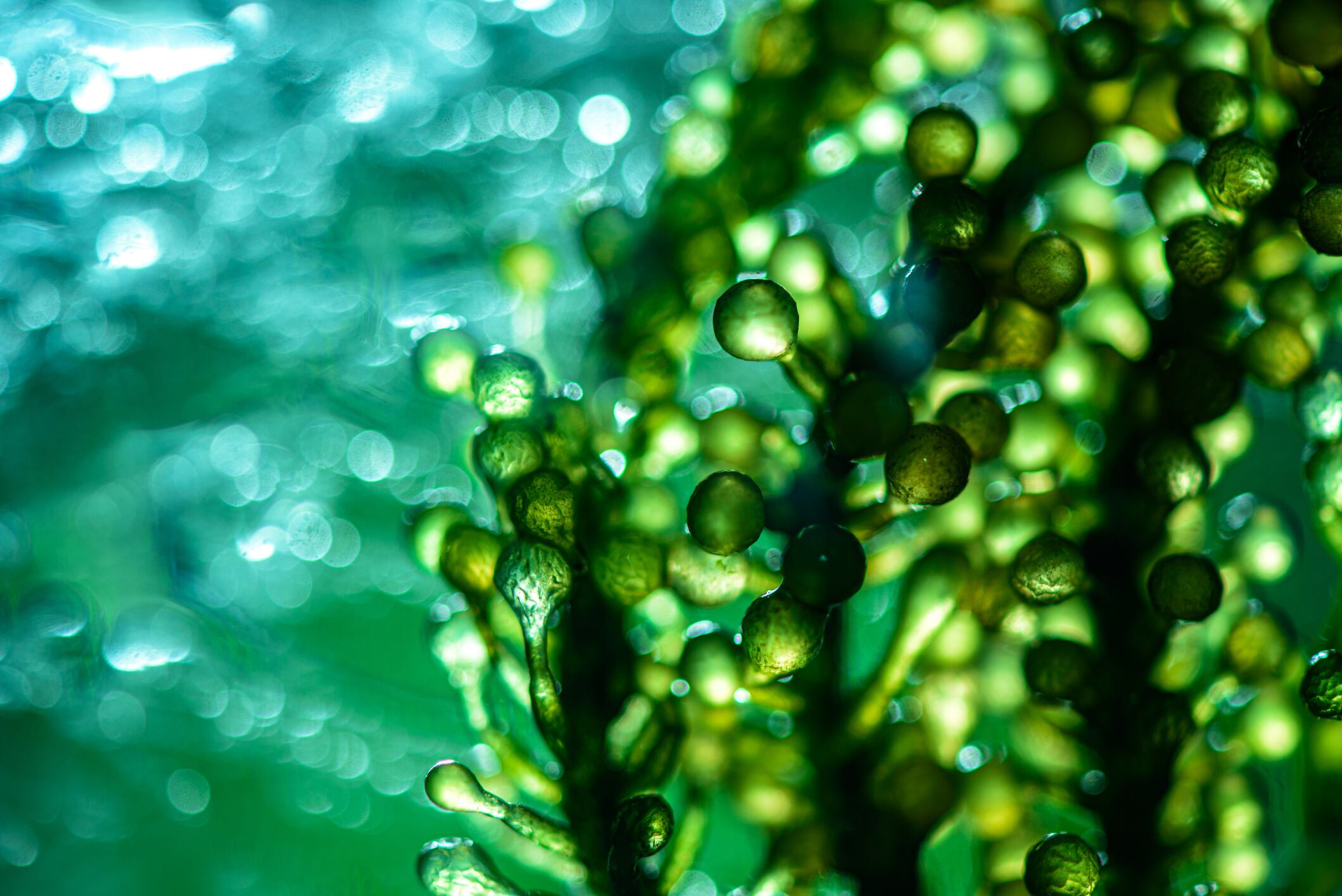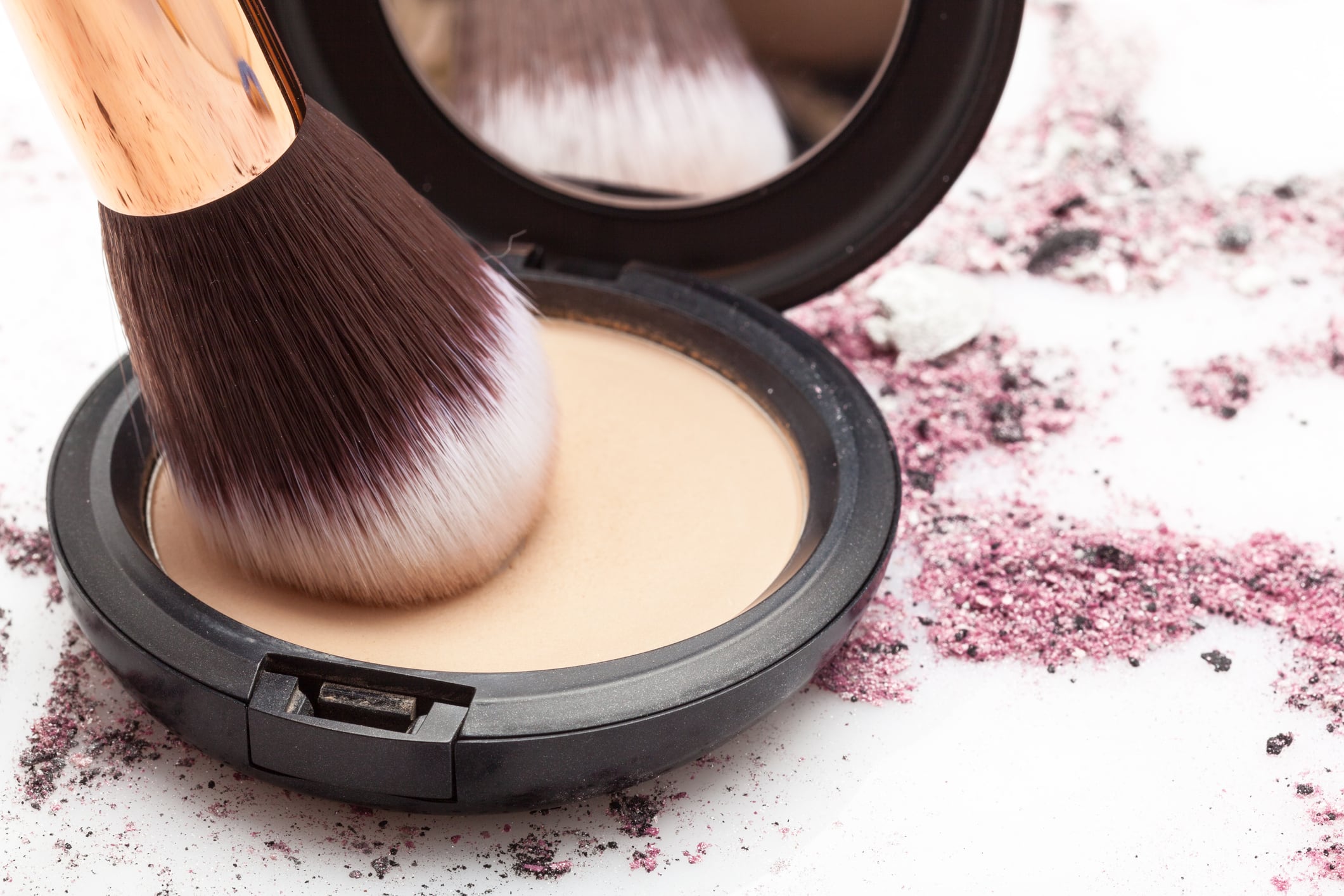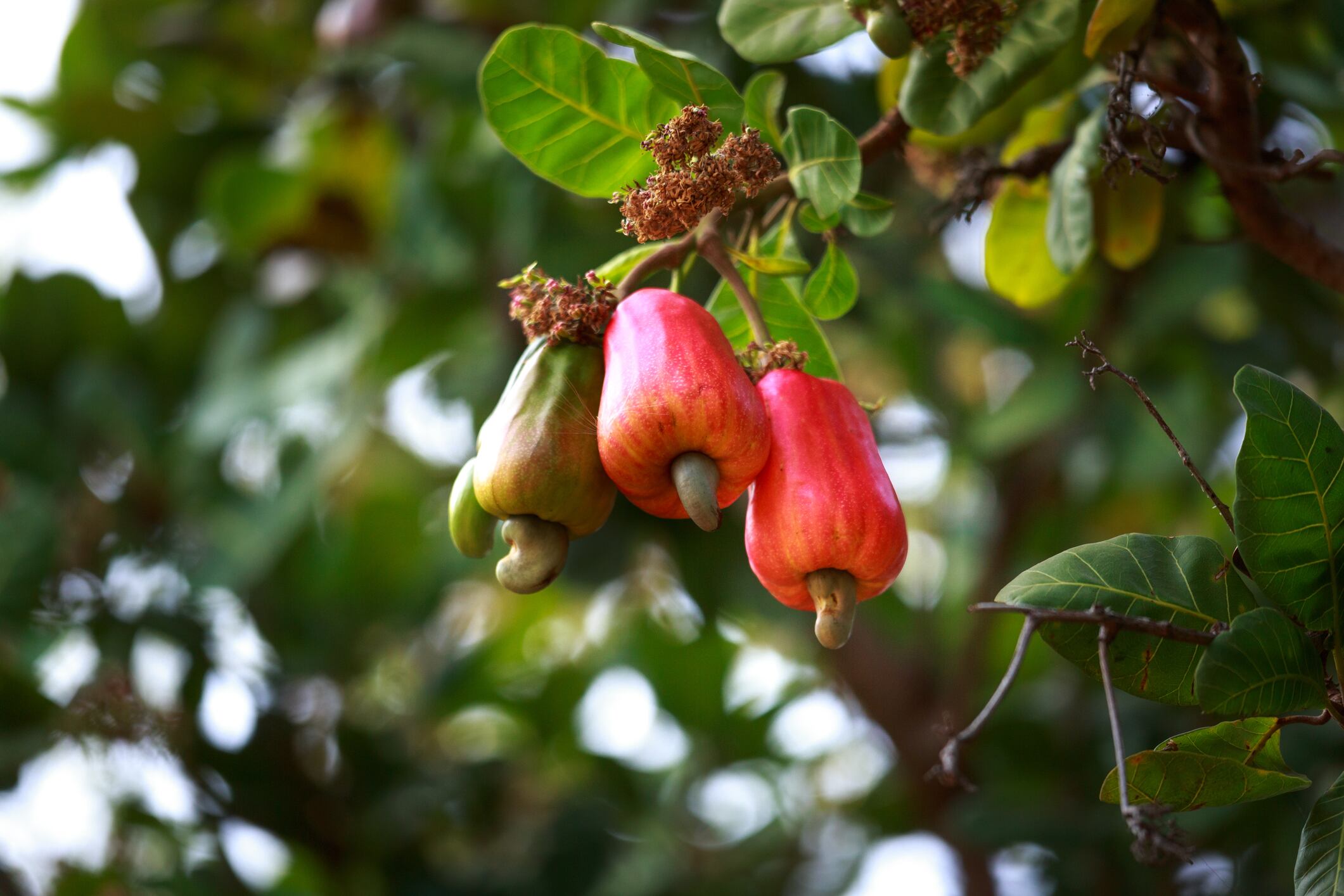According to Mintel’s GNPD (Global New Product Database), in 2022, 22.2% of new US skincare product launches included chlorella or spirulina in their INCI (International Nomenclature Cosmetic Ingredient). For comparison, in 2018, these two microalgae ingredients featured in 13.2% of new US skincare product launches.
Anna Keller, global senior beauty & personal care analyst at Mintel, said this showed that in the last five years, there had been substantial growth in the number of new beauty products launched in the USA with microalgae ingredients.
“Microalgae have experienced growing popularity in the US skin care market, driven by consumers’ interest in clean and naturally derived ingredient stories,” Keller told this publication.
Reveal Yourself AHA Exfoliant from Trinny London, Leahlani Aqua A Retinoid Renewing Serum, Soho Skin Detox Mask, Kate Somerville HydraKate Recharging Water Cream, Awake Organics Sea Quartz Crystal + Spirulina Exfoliating Micro Polish, PSA Visible Improvement Peptides & Niacinamide Serum and Algenist Collagen Nourishing Lip Balm were some of the products that Mintel had tracked.
Blue beauty: a rising tide
Keller said that microalgae tapped into the ‘blue beauty’ movement, which focused on improving the relationship between the beauty industry and marine life and was driving demand for natural, vegan ingredients sustainably sourced from a ‘blue’ environment.
As well as their sustainability and vegan attributes, microalgae have attracted attention for their photosynthesis capability, which allows them to synthesize pigments and polysaccharides with bioactive properties.
“Microalgae-based compounds have developed traction in the cosmetics industry due to their pigments and polysaccharides,” said Keller.
Pigments associated with this photosynthetic activity include chlorophyll, β-carotene, astaxanthin, xanthophylls, and phycobiliproteins, many of which have shown high potential as cosmetic actives due to their antioxidant, immune-enhancing, and anti-inflammatory properties, according to a 2020 study.
More science needed
Some scientific research has confirmed the benefits of microalgal bioactivities for beauty, such as an increase in skin moisturization, promotion of microcirculation, and anti-inflammatory action. Most recently, a study by Brazilian scientists confirmed the potential of using microalgae derivatives in dermocosmetics with anti-aging claims or soothing properties.
However, microalgae can still be considered an under-explored natural resource of bioactive compounds for cosmetics, with brands relying on positive associations rather than proven efficacy.
David Erlandsson, the founder of Danish chlorella producer Aliga, confirmed that his company was seeing growing interest from beauty brands looking to incorporate microalgae into skincare products because it was “skin-friendly and naturally rich in antioxidants, proteins and vitamins.”
“It is all about the consumer being more conscious - they don’t want to use processed products, they want their beauty and cosmetics to be natural,” he said.
In the future, however, he said there was potential for microalgae to move into areas of beauty that would require a more evidence-based approach, such as sunscreen.
“Diamtom microalgae are used in solar panels because they reflect sunlight. This could also mean that they could block the harmful effects of UV radiation, making them potential candidates for UV protection products,” he said.
White chlorella just as green
Erlandsson said that one potential barrier to the more widespread application of microalgae in beauty and food products was color: chlorella is bright green, and spirulina is blue.
Recognizing this, in 2019, Aliga started investigating how to produce a non-GMO white chlorella variety. Through research, selective propagation, and random mutagenesis, the company developed a chlorophyll-free chlorella strain that can be used to produce a white chlorella with the same properties as its green counterpart.
Mintel’s Keller said the main barriers to the broader use of microalgae in beauty products were its availability and affordability.
“Supplier minimum order quantities and pricing can automatically exclude many brands from being able to work with certain ingredients,” she said.
The high cost of microalgal culture systems relates to the need for light and algae’s relatively slow growth rate.
“Production methods have been a challenge. Chlorella can be grown outdoors in open ponds, but this method of cultivation doesn’t deliver the consistency in quality or the volumes that manufacturers are demanding,” said Erlandsson.
Industrial fermentation overcomes barriers
However, Keller said that tech-forward suppliers have invested in microalgae industrial cultivation to produce improved biomass compositions that can be used as raw materials in personal care.
“The resulting microorganisms have higher photosynthetic efficiencies, higher rates of carbon dioxide filtration, and faster growth rates with higher biomass productivity when compared to conventional plants. The simplicity of microalgae and their relatively inexpensive life cycle requirements make them highly efficient natural biofactories and they are ultimately more sustainable than their nature-grown counterparts,” she said.
Aliga said it had overcome these limitations by growing algae heterotrophically in bioreactor systems at its production facilities.
“This system is one hundred times more efficient than cultivating algae in a pond and we can guarantee consistent batch to batch quality,” said Erlandsson.




